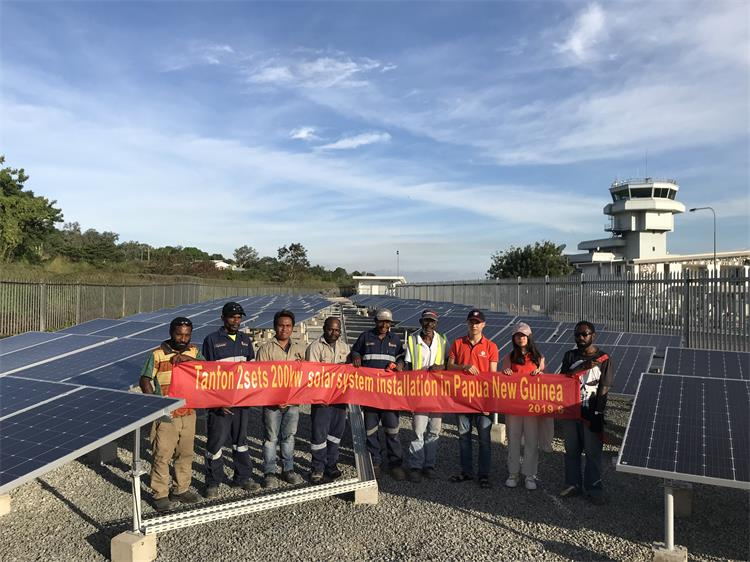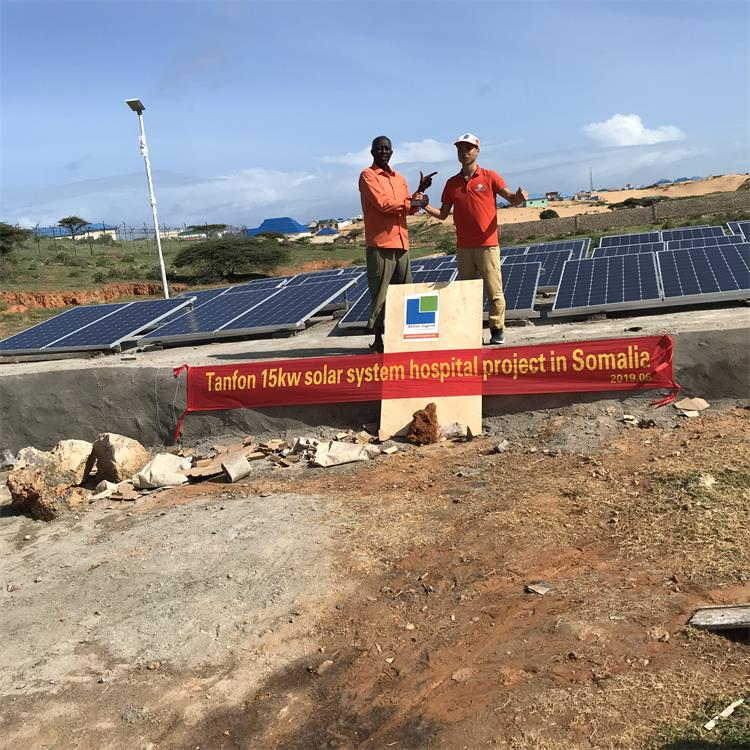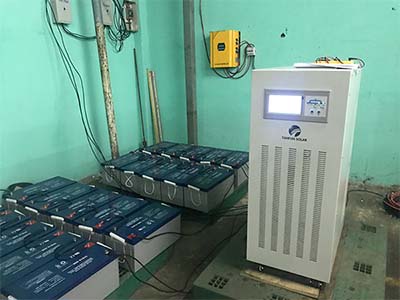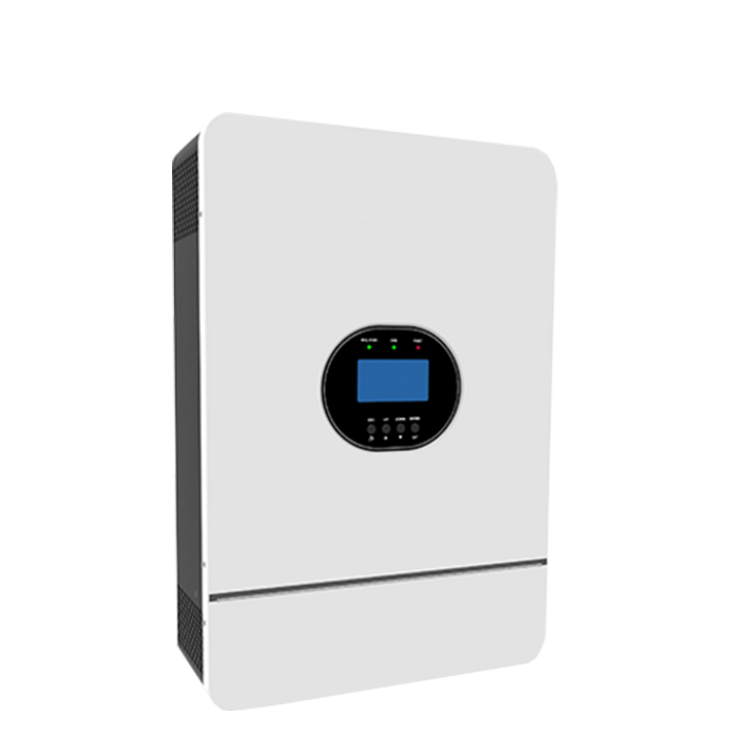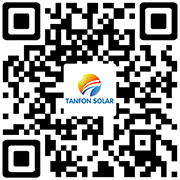 TANFON SOLAR
TANFON SOLAR
 August 22,2019
August 22,2019
Solar inverter is the main component and important part of solar power generation system. In order to ensure the normal operation of solar power generation system, the correct configuration and selection of solar power inverter becomes important. The inverter configuration shall be determined according to the technical indicators of the whole solar power system and the product sample manual provided by the manufacturer.Generally also focus on the following several technical indicators.
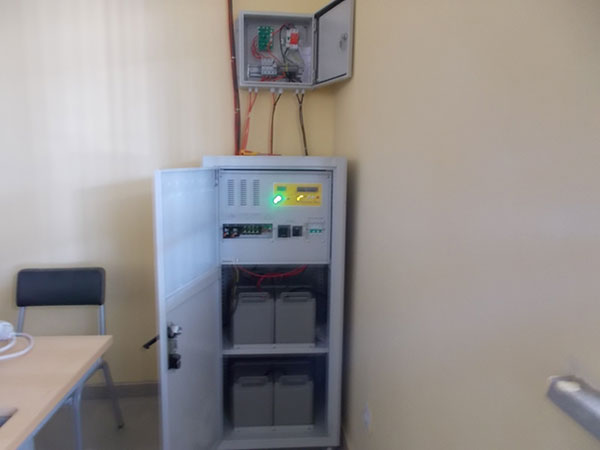
1. Rated output power
The rated output power represents the power supply capacity of the solar inverter to the load.Solar inverter with high rated output power can carry more power load.When choosing solar inverter, we should first consider that it has enough rated power to meet the requirements of the equipment under the maximum load, as well as the expansion of the system and the access of some temporary loads.When the electrical equipment lives on pure resistive load or the power factor is greater than 0.9, the rated output power of solar inverter is generally selected to be 10% '15% higher than the total power of the electrical equipment.
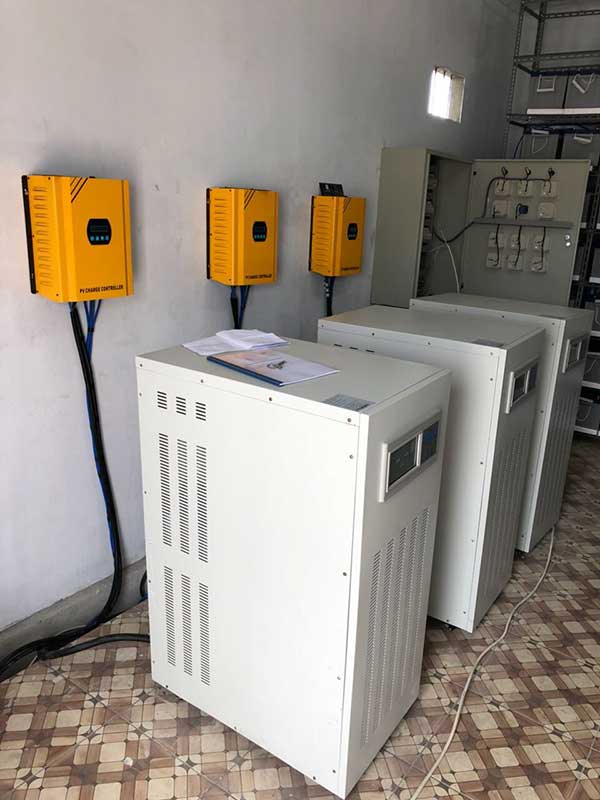
2, output voltage adjustment performance
The adjustment performance of output voltage represents the voltage stabilizing ability of output voltage of solar inverter.General solar inverter products are given when the dc input voltage is allowed to fluctuate in the range of variation, the solar inverter output voltage fluctuation of the percentage of deviation, usually called voltage adjustment rate.When the load changes from zero to 100 percent, the deviation percentage of the output voltage of the solar inverter with high performance should be given at the same time, which is usually called load adjustment rate.The voltage adjustment rate of solar inverter with good performance should be less than or equal to ±3%, and the load adjustment rate should be less than or equal to ±6%.
3. Machine efficiency
The efficiency represents the power loss of solar inverter.The efficiency of the solar inverter with large capacity is also given at full load and at low load.Generally, the efficiency of inverters below KW level should be 80%~85%.The efficiency of 10KW class should be 85%~90%;The efficiency of higher power must be above 90%~95%.The efficiency of the inverter has an important impact on the solar power generation system to improve the effective power generation and reduce the cost of power generation. Therefore, the selection of solar energy inverter should be compared as far as possible and the product with higher overall efficiency should be selected.
4. Startup performance
The solar inverter should be started reliably under rated load.The high performance solar inverter can start at full load for many times without damaging the power switch and other circuits.Small inverter for their own safety, sometimes use soft start or current limit start measures or circuits.
However, how to choose the solar inverter this still has a certain standard.
The first consideration is the scale of the solar power plant, whether it is a home or a business.
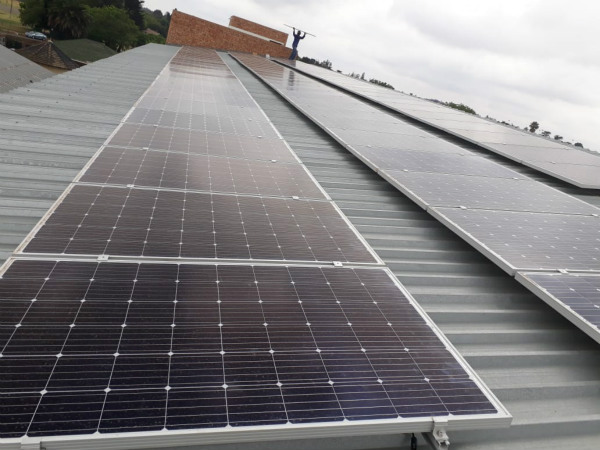
The second concern is efficiency.The direct point of efficiency is directly linked to the power generation, so now more and more solar inverter manufacturers on the efficiency of the inverter as the main final consideration is reliable.The on grid solar power generation system is a system that converts the direct current generated by solar cells into alternating current of the same frequency and phase with the voltage of the power grid, and realizes the power supply to the load and the power generation to the power grid.The on grid solar power generation system consists of solar array, on grid inverter, controller and relay protection device.Solar array is the main part of the on grid solar power generation system, which converts the received solar light energy directly into electricity.At present, the solar array used in engineering is generally composed of a certain number of crystalline silicon solar cell elements in series and parallel according to the voltage requirements of the system.
on grid solar inverter is the core of the whole on grid solar power generation system, which inverts the electric energy generated by the solar array into a sinusoidal current of 220V / 50Hz and integrates it into the power grid.Voltage-type inverters are mainly composed of power electronic switching devices and provide power to the grid in the form of pulse width modulation.Generally, the controller is composed of single chip microcomputer or DSP chip as the core device to control the tracking of high-power points of solar array zui and control the power and waveform of on grid current of inverter.The relay protection device can ensure the safety of the on grid solar power generation system and power grid.
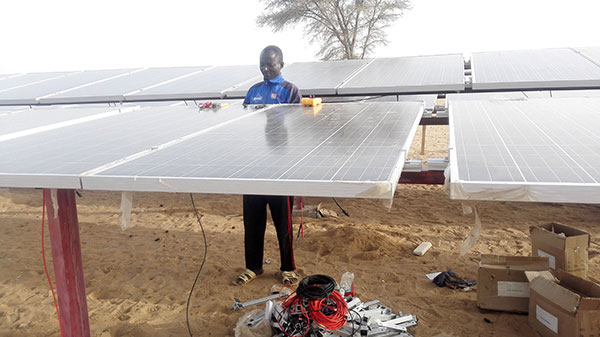
The on grid solar power generation system can be divided into two types according to the design requirements of the system.The other is the on grid solar energy system, which contains energy storage.In the non-dispatching solar on grid power generation system, the on grid inverter directly converts the direct current generated by the solar array into the alternating current of the same frequency and phase with the grid voltage, and the on grid time and power size are completely determined by sunshine, environmental temperature and other factors.Its advantage is that the system can eliminate the battery and use the grid as its energy storage unit.
When the sunlight is strong, the excess energy generated by the on grid solar power generation system will be fed back to the grid, and the grid can output the electricity when it is needed.The schedulable on grid solar power generation system adds an energy storage link. The system first charges the energy storage link, and then USES the on grid solar power generation system as on grid or independently after inverting as required. The working time and on grid power of the system can be set manually.When power failure or other faults occur in the power grid, the inverter will automatically cut off the electrical connection with the power grid. At the same time, the inverter can choose whether to carry out independent inverter or not as required to continue the power supply to the local load.

